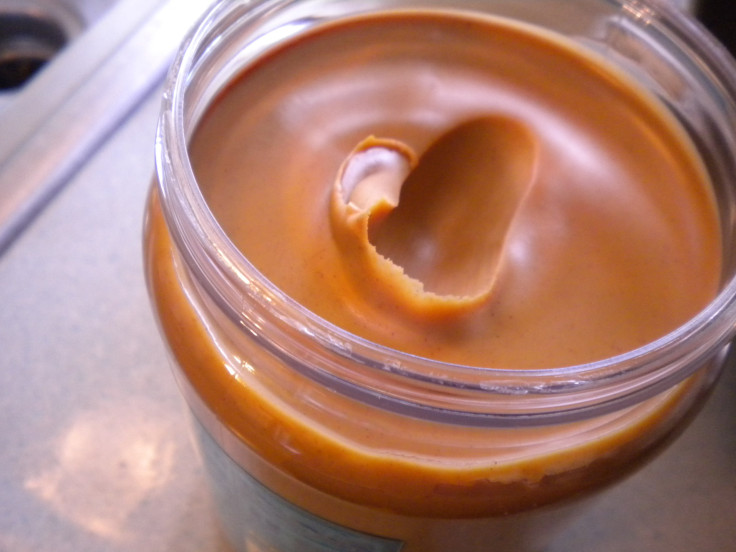Food Allergies May Be Preventable If You Introduce Your Kids To Peanuts, Other Allergenic Foods Early On In Life

Introducing your child to the joys of a PB&J as early as possible may actually protect them from developing a food allergy, according to a new review published in the Canadian Medical Association Journal (CMAJ).
Examining the latest evidence to date, the authors concluded that children who are exposed to allergenic foods such as peanut, eggs, or soy by the time they reach four to six months of age stand the best chance of avoiding a later food allergy. This recommendation, as the authors note, is a reversal of previous advice handed down by immunologists as recently as last decade, when families were told to keep these foods away from their children until they became older.
"If parents ask how to prevent allergy in their children, our current advice is to introduce the allergenic foods at four to six months of age," they wrote. "Once highly allergenic foods are introduced, regular exposure is important for maintenance of tolerance — children should eat these foods on a regular basis."
The shift in conventional wisdom has come in the wake of large, randomized, and controlled studies. For instance, the Learning Early About Peanut (LEAP) study found that the early introduction of peanut reduced the chances of food allergy by around 80 percent among children already at high risk of allergies. Since then, organizations such as the American Academy of Allergy, Asthma and Immunology and the American Academy of Pediatrics have recommended the time frame for peanut introduction into the diet be set between four and 11 months of age for high-risk infants. Other studies of egg and other foods have found that later introduction provides no protective effect.
Other debunked beliefs about food allergy prevention include the avoidance of allergenic foods by the child’s mother, either while pregnant or when breastfeeding, the authors wrote. Likewise, there isn’t strong evidence that prolonged sessions of exclusively breastfeeding (over six months) can stave off allergies.
The prevalence of food allergies in the general population has been steadily climbing over the past several decades, and it is currently believed that 5 to 8 percent of North American children and 3 to 5 percent of adults suffer from at least one. The risk of atrophy, or hypersensitivity to a potential allergen, increases among people who already have an allergic family member.
While infants at risk of atrophy might benefit the most from allergy prevention, they’re also the ones who need to take the most precaution when allergenic foods are introduced into their diet. For that reason, the authors recommend that the parents of high risk children consult with their primary care physician or allergist before food exposure. Otherwise, parents who are looking to inoculate their children against allergy should take the following steps, as handed down by the American Academy of Allergy, Asthma and Immunology:
Introduce highly allergenic foods after other complementary foods have been introduced and tolerated.
Introduce an initial taste of a highly allergenic food at home, rather than at a day care or restaurant.
Gradually increase the amount of the highly allergenic food if there is no reaction.
Introduce other new foods at a rate of one new food every 3 to 5 days if no reaction occurs.
In the meantime, there remains more research to be conducted on how much food someone needs to eat regularly for the best chance of allergy prevention as well as how effective these measures work among children who aren’t at high risk of allergy.
Source: Abrams E, Becker A. Food introduction and allergy prevention in infants. CMAJ. 2015.



























